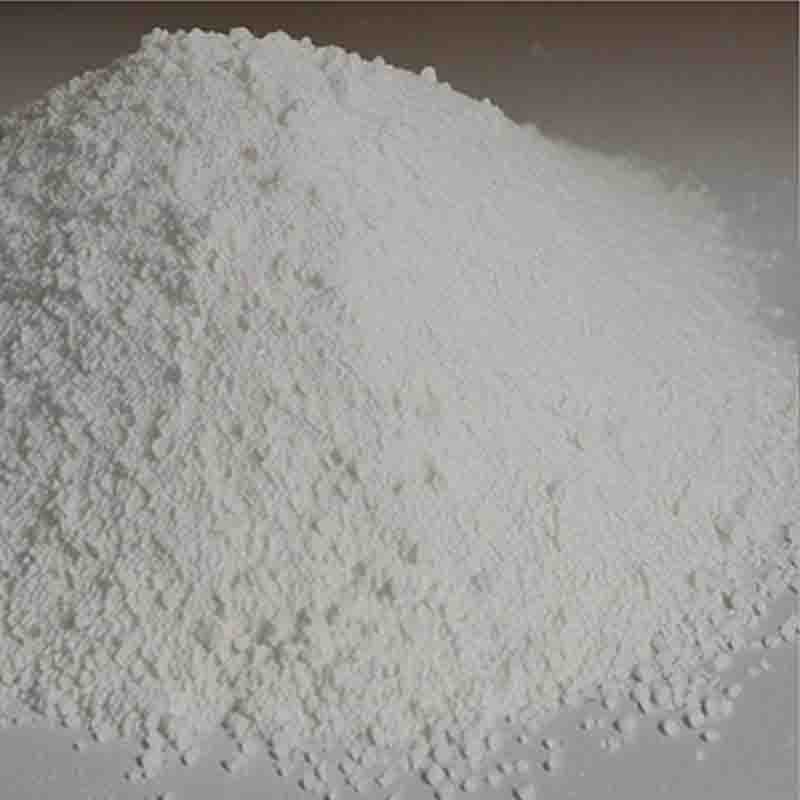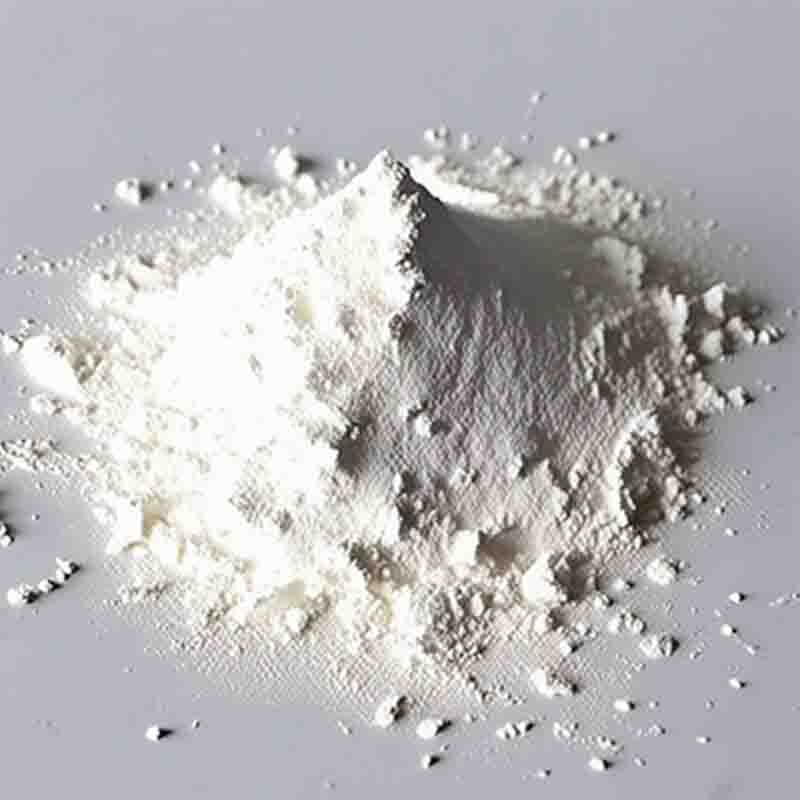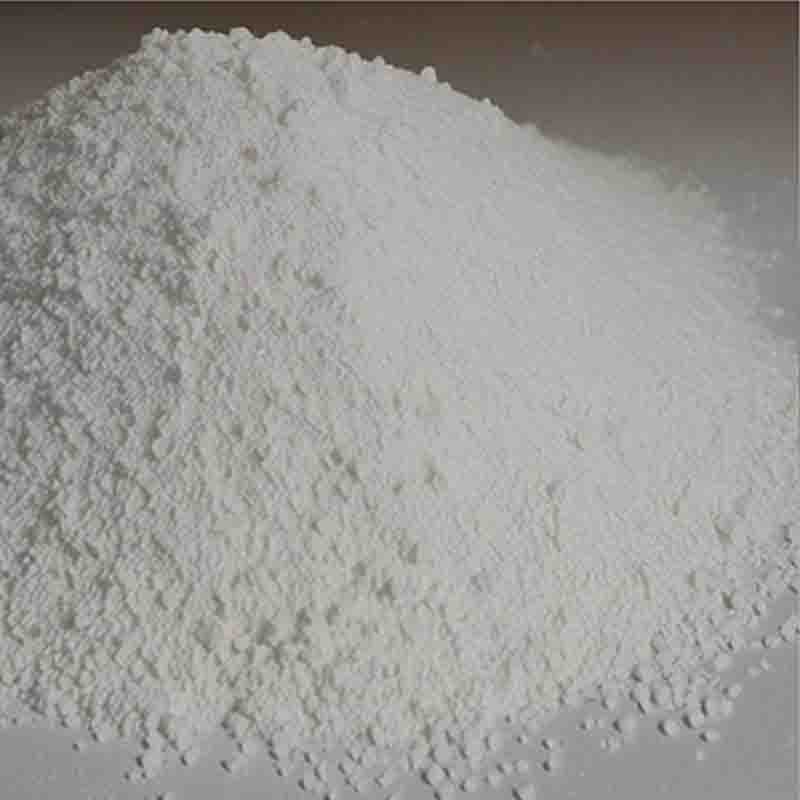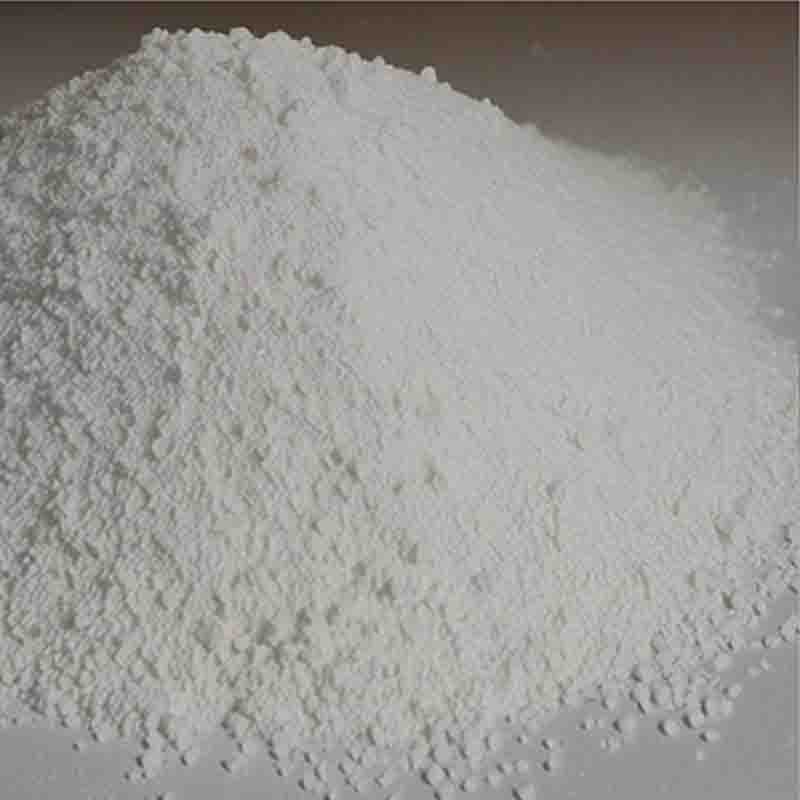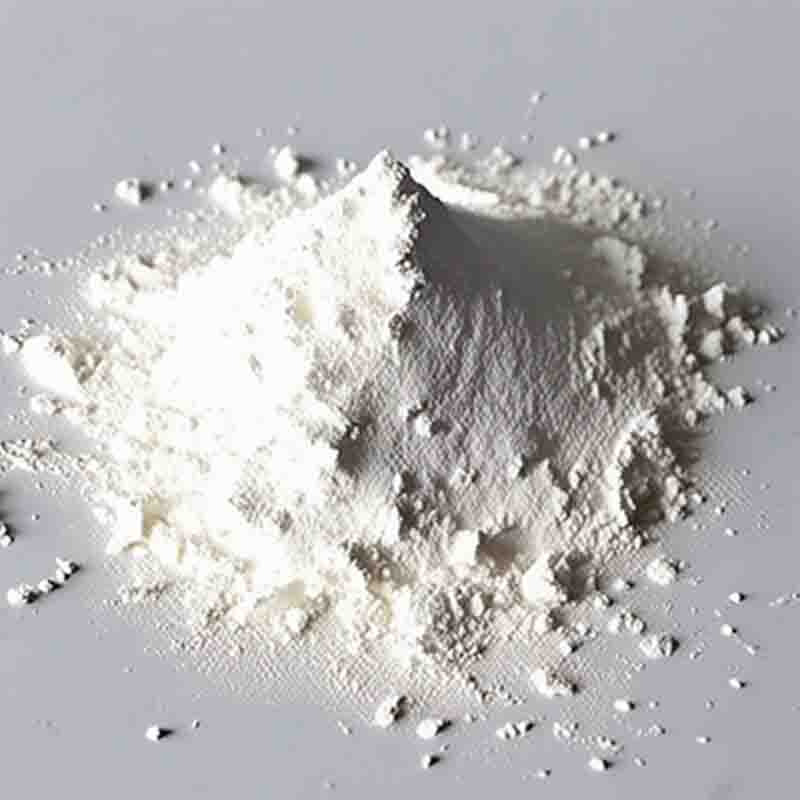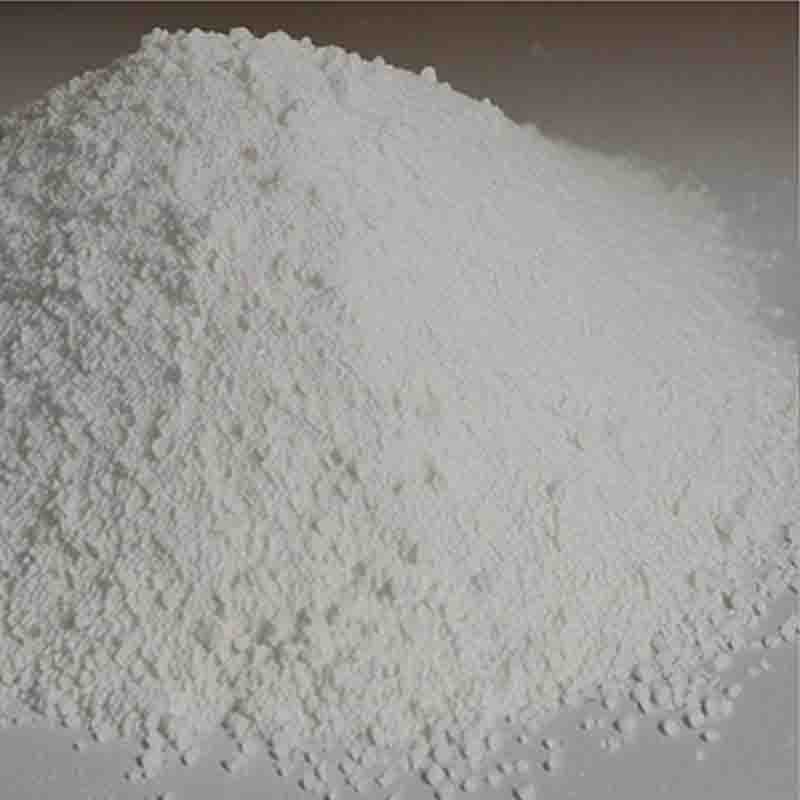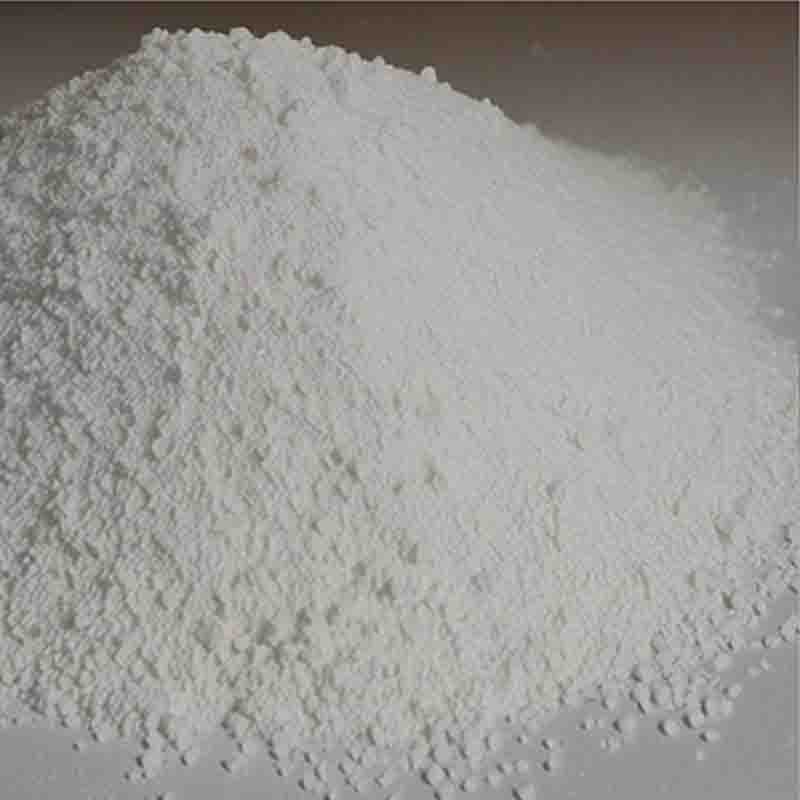IminodiaceticAcid CAS:142-73-4
| Catalog Number | XD94777 |
| Product Name | IminodiaceticAcid |
| CAS | 142-73-4 |
| Molecular Formula | C4H7NO4 |
| Molecular Weight | 133.1 |
| Storage Details | Ambient |
Product Specification
| Appearance | White powder |
| Assay | 99% min |
Iminodiacetic acid is a chemical compound with various effects and applications in different fields. It is commonly used as a chelating agent, a buffering agent, and in the synthesis of pharmaceuticals and other chemical compounds.One of the primary effects of iminodiacetic acid is its ability to chelate metal ions. It forms strong coordination complexes with metal ions by donating its lone pair of electrons to the metal atom or ion. This property makes it a valuable chelating agent in industries such as water treatment, agriculture, and pharmaceuticals. In water treatment, it can be used to remove heavy metal ions, such as lead and copper, from contaminated water, improving its quality and safety. In agriculture, it can be used to enhance nutrient availability and solubility by chelating cations, improving plant growth and yield. In pharmaceuticals, it can be used as a complexing agent to stabilize and enhance the solubility of certain drugs, increasing their bioavailability and therapeutic effectiveness.Another effect of iminodiacetic acid is its buffering capacity. It can act as a weak acid or base, depending on the pH of the solution it is in. This property makes it useful as a buffering agent in various applications, including analytical chemistry, biotechnology, and pharmaceuticals. As a buffer, it helps maintain a stable pH level in a solution, preventing drastic changes in acidity or alkalinity. This is particularly important in laboratory experiments, biological assays, and formulation of drugs, where precise pH control is crucial for accurate results and optimal stability.Additionally, iminodiacetic acid has several applications in organic synthesis as a building block for the preparation of complex molecules. It can be modified and functionalized to introduce specific functional groups or stereochemistry, making it a versatile starting material. Its use in pharmaceutical synthesis, for example, allows chemists to create new drug candidates, optimize existing drug structures, or design prodrugs with improved pharmacokinetic properties.In conclusion, iminodiacetic acid has significant effects and applications in various fields. Its ability to chelate metal ions, act as a buffering agent, and serve as a building block in organic synthesis makes it a valuable compound in industries such as water treatment, agriculture, pharmaceuticals, and chemical research. Its versatility and usefulness in these applications highlight the importance of understanding its effects for efficient and innovative problem-solving in multiple fields.


